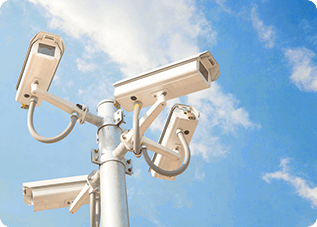Big Data Transmission for Oil & Gas
RADWIN’s powerful solutions transmit real-time data, IoT, video and VoIP for fixed and mobile applications, enabling the digitization of upstream and midstream oil and gas operations.
Oil & Gas Applications
RADWIN's solutions support a wide range of broadband applications required by oil and gas companies.

Wellhead Connectivity

Real Time CCTV Monitoring

Pipeline Protection

Mobile/ Nomadic Connectivity
Powered By RADWIN Products


“We looked for a solution that would allow us to extend communications from our offices on land to our offshore oil platforms in the sea. After an intensive evaluation process we chose RADWIN’s links because they were the only systems capable of delivering high capacity over tens of kilometers.”

